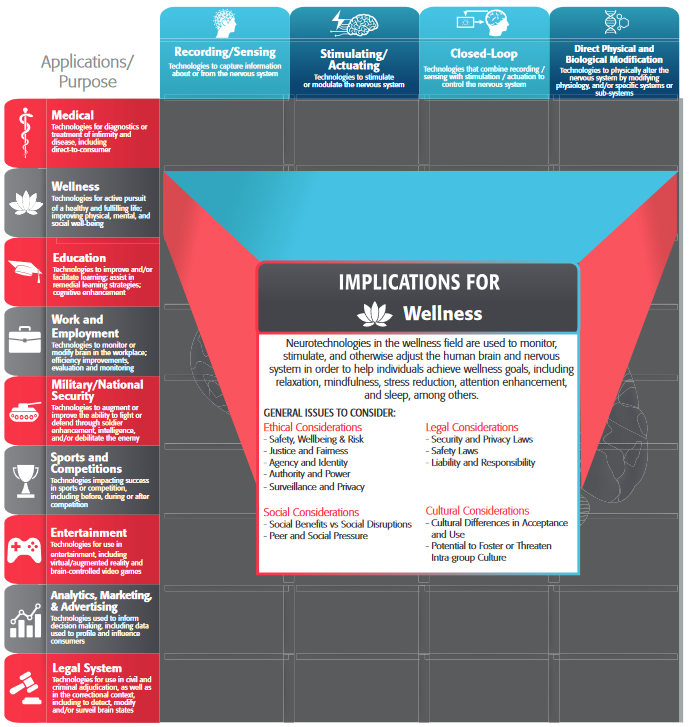RESEARCH
September 2020
Samuel Laferrière1,2, Marco Bonizzato3, Numa Dancause3, & Guillaume Lajoie1,4
The stimulation optimization problem & the rapid evolution of electrode technology:
The development of neurostimulation techniques for targeted biomarker control is an active area of research. New implantable devices are microfabricated with hundreds or thousands of electrodes, holding great potential for precise spatiotemporal stimulation. These interfaces not only serve as a crucial experimental tool to probe computation in neural circuits [7,8,9], but also have applications in neuroprostheses used to aid recovery of motor, sensory and cognitive modalities affected by injury or disease [14-19]. Yet, existing electrical neuromodulation interventions do not fully take advantage of the rich stimulation repertoire advanced electrode technologies offer, instead relying mostly on incomplete and manual input-output mapping, and often on single electrode stimulation [1,6].


